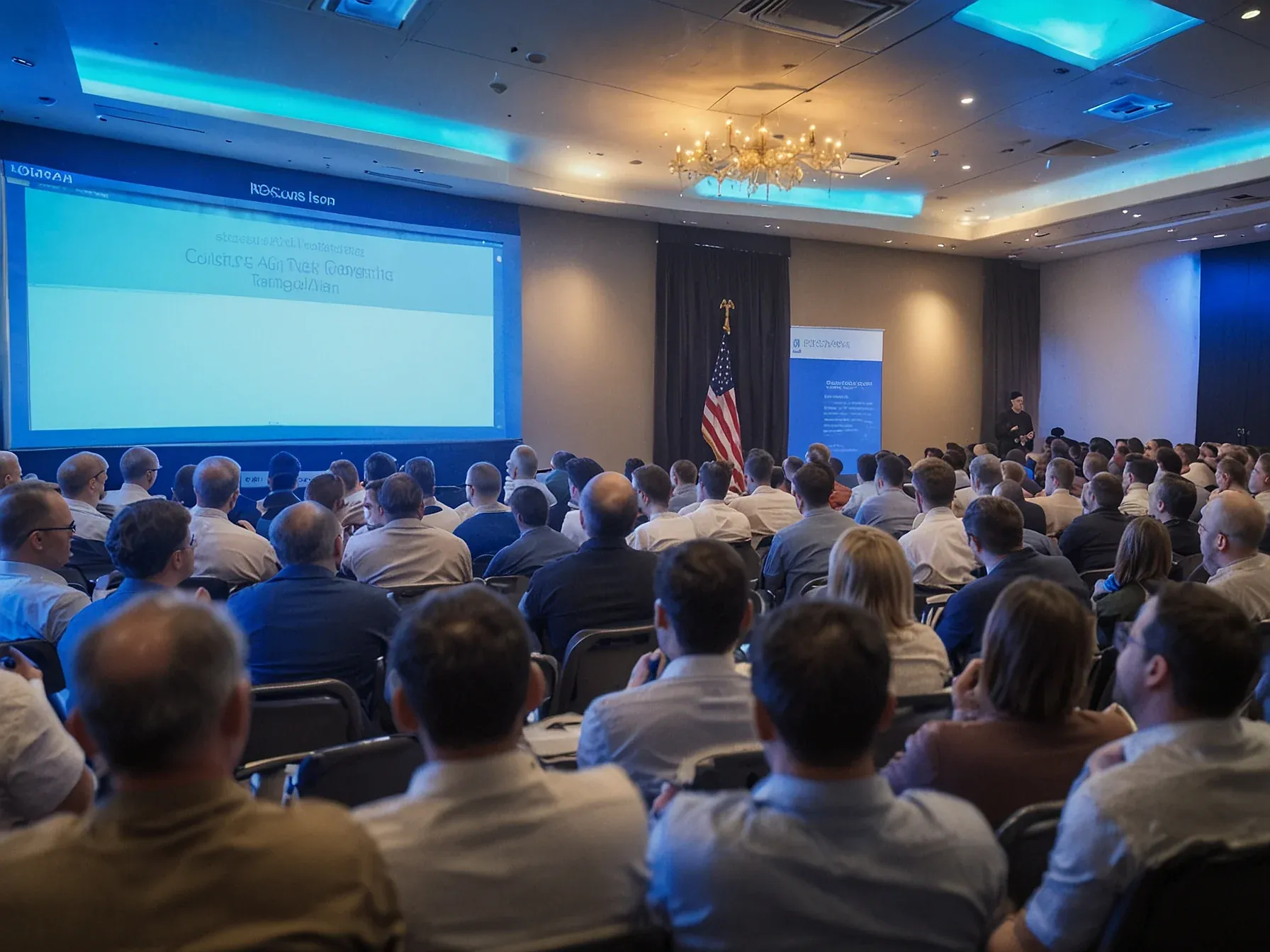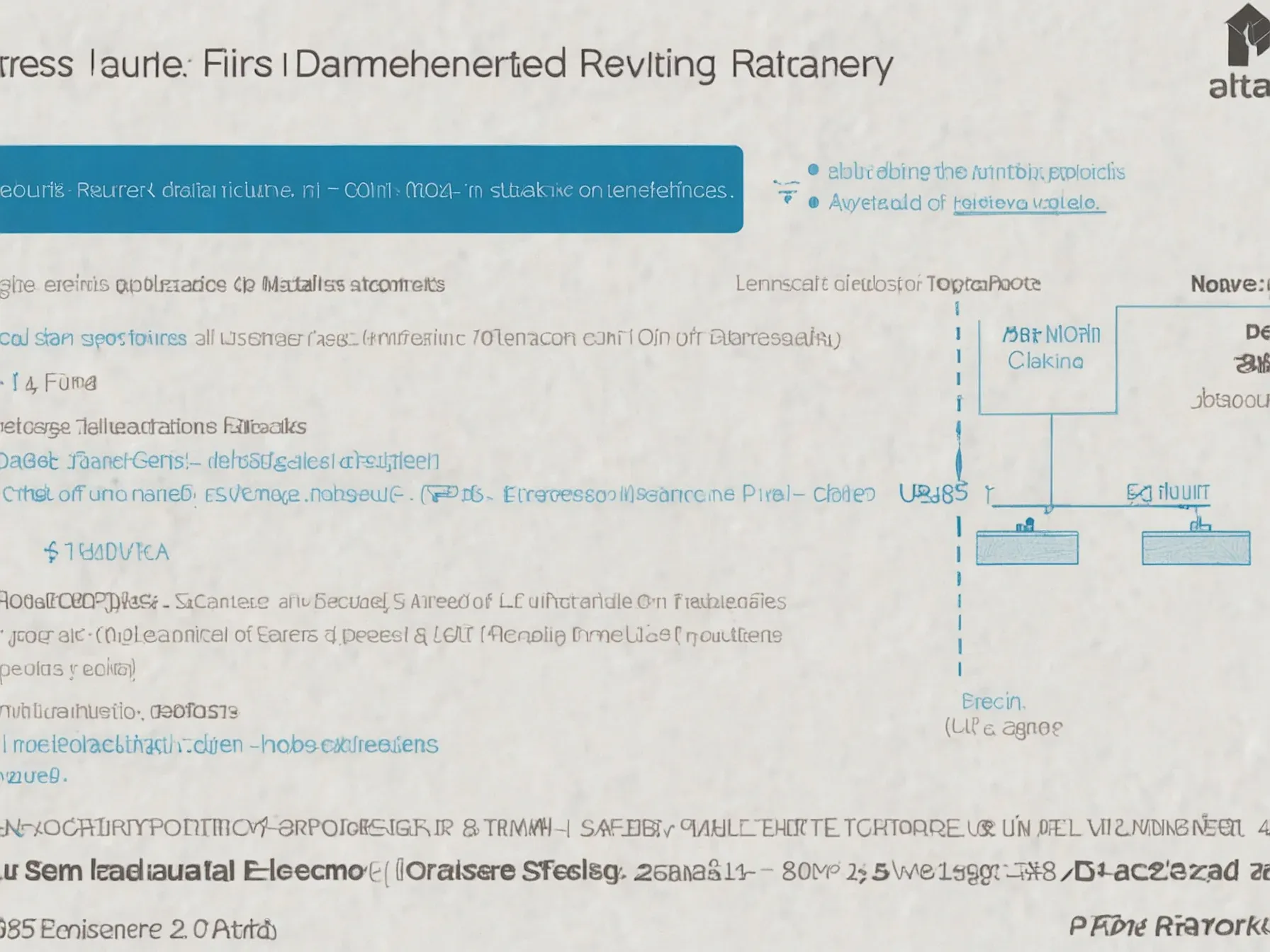
EdgeRunner AI runs assistant on gpt-oss as open-weight models join US military
Why does a startup’s offline AI matter to the Pentagon? The military has long wrestled with the tension between cutting‑edge computing and the need for secure, disconnected operations. Recent moves suggest that open‑weight models—publicly available, non‑proprietary versions of large language models—are finding a foothold in defense circles.
EdgeRunner AI, a small firm focused on field‑ready software, is positioning itself at the intersection of these trends. Its latest paper, released in October, outlines a test where the company loaded a cache of classified‑style documents into an open‑source model and measured how well the system could answer mission‑critical queries without ever touching a cloud server. The results, according to the authors, meet the performance bar the service requires.
This development hints at a broader shift: rather than relying exclusively on commercial, closed‑source AI, the armed forces may soon lean on publicly accessible models that can be fine‑tuned in‑house. The details of that claim follow.
EdgeRunner AI, which is developing a virtual personal assistant for the military that doesn't require a cloud connection, says it achieved sufficient performance with gpt-oss after feeding it a cache of military documents to modify its capabilities, according to a paper the company published in October. The US Army and the Air Force will begin testing the modified model this month, says Tyler Saltsman, EdgeRunner's CEO. Open models may be particularly valuable in situations that require an immediate response or when internet interference could be an issue.
That includes AI systems running on drones or satellites, says Kyle Miller, a research analyst at Georgetown University's Center for Security and Emerging Technology. Open source AI models offer the military "a degree of accessibility, control, customizability, and privacy that is simply not available with closed models," he says. Beyond direct deals with AI providers, the military also has access to about 125 open source models and about 25 closed options through an intermediary AI platform called Ask Sage, says Nicolas Chaillan, the company's founder and a former chief software officer for the US Air Force and Space Force.
Chaillan says there are serious drawbacks to using open source models, particularly for the US military.
What does this mean for military AI adoption? The rollout of OpenAI’s open‑weight models has given the Department of Defense a new, locally runnable option, and EdgeRunner AI’s paper shows a prototype assistant that can run without a cloud link after being tuned on a cache of classified documents. Yet early testing, according to several defense vendors, suggests OpenAI’s tools still trail rival offerings in key capabilities.
Still, contractors appear relieved that a major industry player now supplies an on‑premise model, a shift from previous reliance on closed systems. The EdgeRunner effort demonstrates that sufficient performance can be reached with gpt‑oss, but the paper offers limited detail on latency, robustness under field conditions, or integration hurdles. Unclear whether the modest gains reported will scale across the broader spectrum of defense tasks.
As the military evaluates these models alongside existing solutions, the balance between openness, security, and functional parity will likely dictate future procurement choices.
Further Reading
- EdgeRunner 20B: Military Task Parity with GPT-5 while Running on the Edge - arXiv
- EdgeRunner Selected for Dual CRADAs with U.S. Army and U.S. Air Force Research Laboratories - EdgeRunner AI Newsroom
- EdgeRunner's Tactical AI Chatbot Runs Off the Grid - Military AI
- Startup Building AI Chatbot for Military Applications - National Defense Magazine
- [Literature Review] EdgeRunner 20B: Military Task Parity with GPT-5 while Running on the Edge - The Moonlight
Common Questions Answered
How does EdgeRunner AI's virtual assistant achieve offline operation using gpt-oss?
EdgeRunner AI fine‑tuned the open‑weight gpt-oss model on a cached collection of military documents, allowing the assistant to run locally without a cloud connection. This offline capability meets the Pentagon’s need for secure, disconnected computing in the field.
Which branches of the U.S. military are slated to test the modified gpt-oss model, and when will testing begin?
The U.S. Army and the U.S. Air Force will begin testing the EdgeRunner‑modified gpt-oss model later this month, according to CEO Tyler Saltsman. The trials aim to evaluate the assistant’s performance in real‑world, secure environments.
Why are open‑weight models considered valuable for military AI deployments?
Open‑weight models are publicly available and can be run on isolated hardware, eliminating reliance on external cloud services that may pose security risks. This makes them attractive for defense applications that require both cutting‑edge AI capabilities and strict data sovereignty.
What limitations have early defense‑vendor tests identified in OpenAI’s open‑weight tools compared to rival offerings?
Early testing indicates that OpenAI’s open‑weight tools still lag behind competing solutions in certain key capabilities, such as nuanced reasoning and domain‑specific accuracy. Despite these gaps, contractors are relieved to have a major industry player providing a locally runnable alternative.




